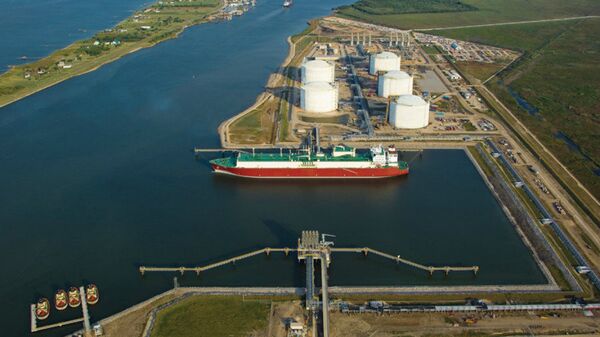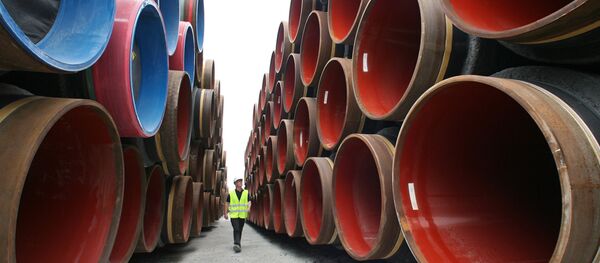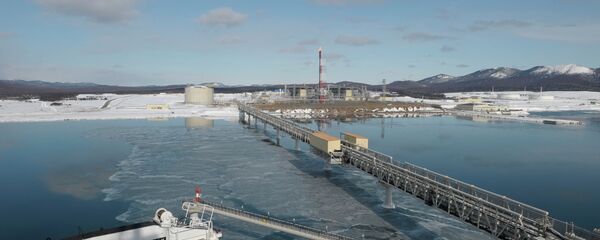Answering the question of whether these plans pose a threat to Russian gas deliveries in Europe, Alexander Frolov, the deputy director of Russia's Institute of National Energy, said that such a scenario is unlikely.
"I don't quite understand what Trump is going to sell to his partners. The President is promising something to someone, but what impact does he have on commercial organizations that extract gas, process it into LNG and sell it to various markets? He has nothing to do with these structures," Frolov told Sputnik.
"The problem of the European market is that there is a huge number of terminals for LNG that were built in the hopes that cheap LNG would arrive. However, cheap LNG did not come, because it just does not exist. Europeans didn't have enough money, and so the LNG was transported to Asia," the expert said.
According to Frolov, the EU is capable of receiving 220 billion cubic meters of LNG annually, but it imports only 50-55 billion. By contrast, Russia supplied 180 billion cubic meters of gas to European consumers last year.
"In order to "rescue Europe from Russia's influence" and at the same time meet the growing demand in Mexico, the US needs to increase its production by at least 200 billion cubic meters. Therefore, in order to compensate for Russian supplies, it needs to produce approximately 950 billion cubic meters of LNG per year. They don't even have such plans right now," Frolov concluded.
Ahead of the upcoming meeting between Russian President Vladimir Putin and his US counterpart Donald Trump during the G20 summit in Hamburg, Kremlin spokesman Dmitry Peskov said Wednesday that Russian analysts are closely following the negotiations between Poland and the United States on the delivery of liquefied natural gas.



